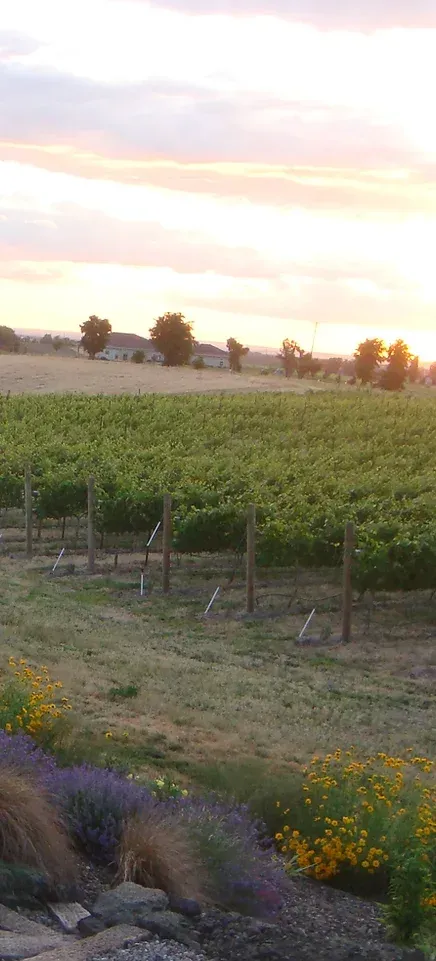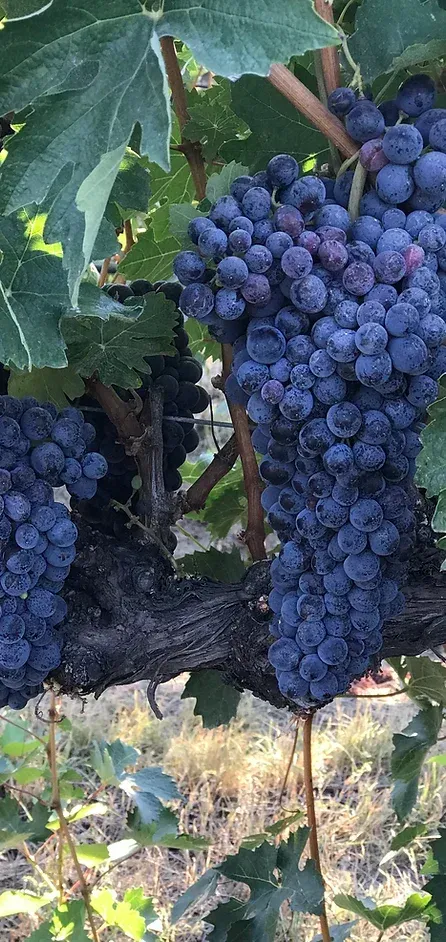COLUMBIA VALLEY
Encompassing nearly 11 million acres, Columbia Valley bridges the states of Washington and Oregon, and was established as an American Viticulture Area in 1981. Variety typicity and pure fruit aromas and flavors are the hallmarks of wine from the Columbia Valley. The relationship to the Missoula Floods, a series of cataclysmic events, defines the soil types of the vineyards in Washington. Most vineyards lie below the floodwaters with soils of loess—wind blown deposits of sand and silt—overlying gravel and slackwater sediment with basalt forming the bedrock. This provides a diversity of soil types that are well drained and ideal for viticulture. The Columbia Valley lies in the rain shadow of the Cascade Mountain range. The region has an arid and semi-arid, continental climate, receiving an average of 6–8 inches (15–20 cm) of precipitation annually. Irrigation is therefore required to grow vinifera grapes. This irrigation, along with consistently warm, dry temperatures during the growing season, provides growers with a large amount of control over grape development compared to many other regions of the world. This leads to minimal vintage variation and high-quality wines.




